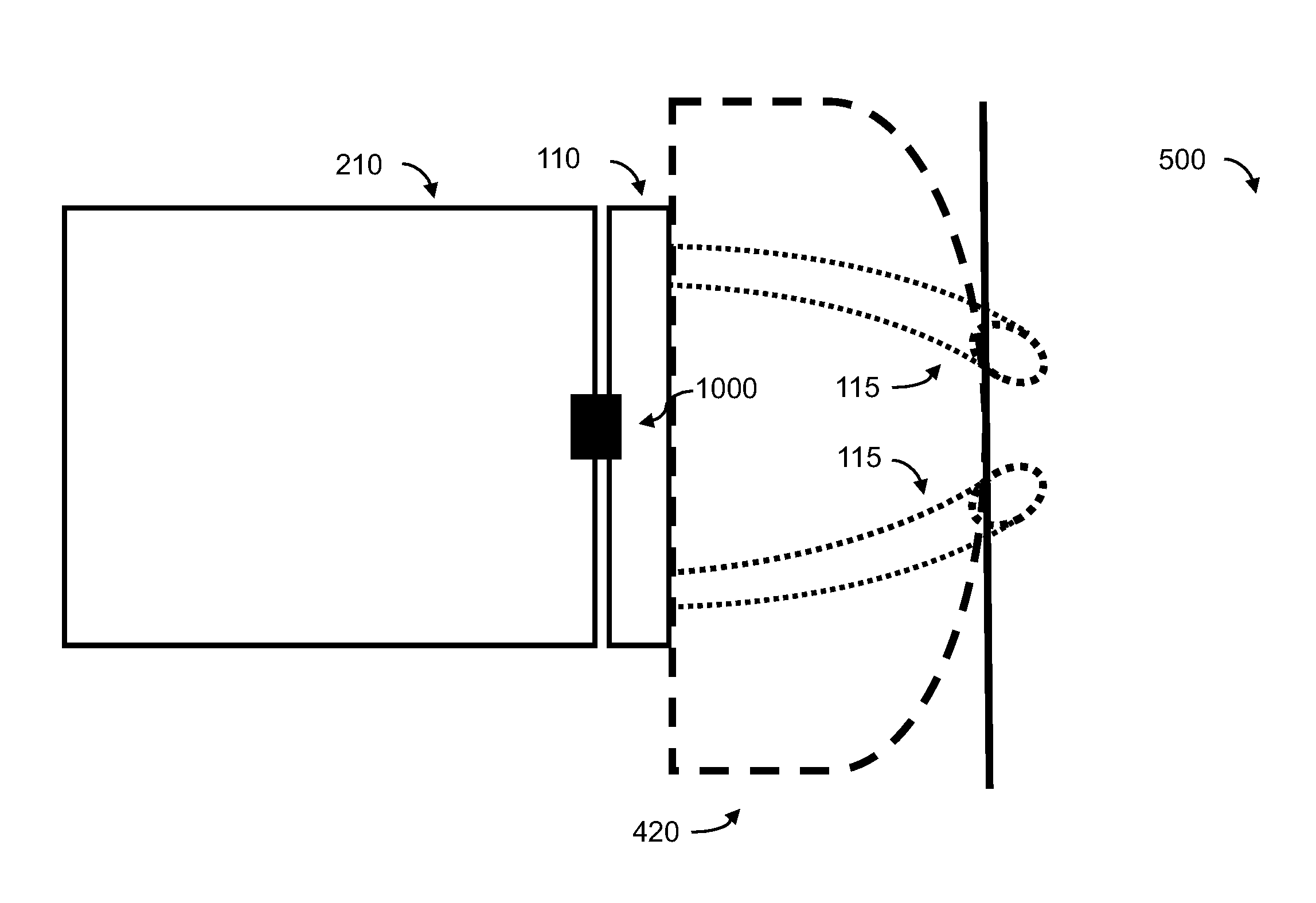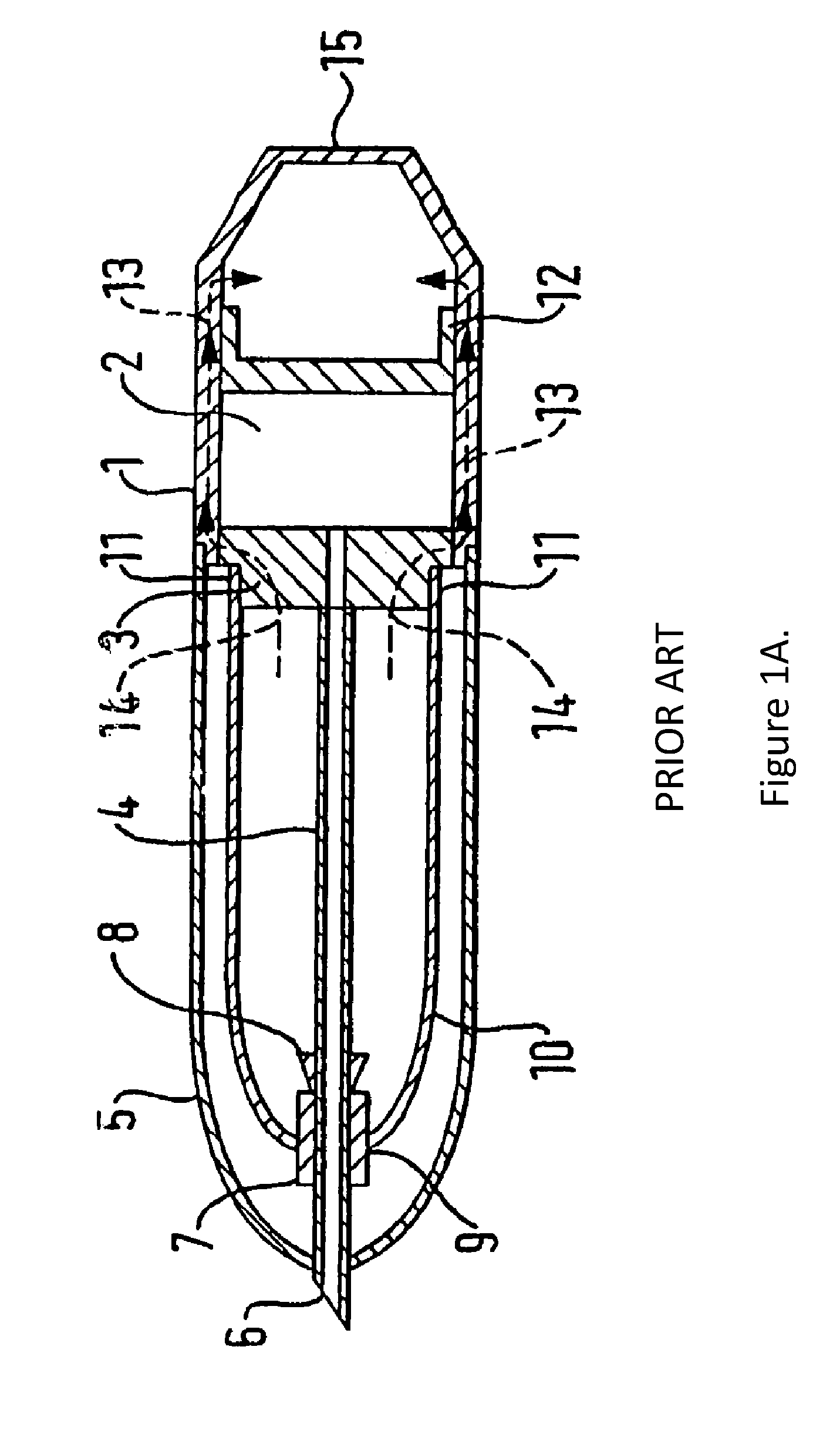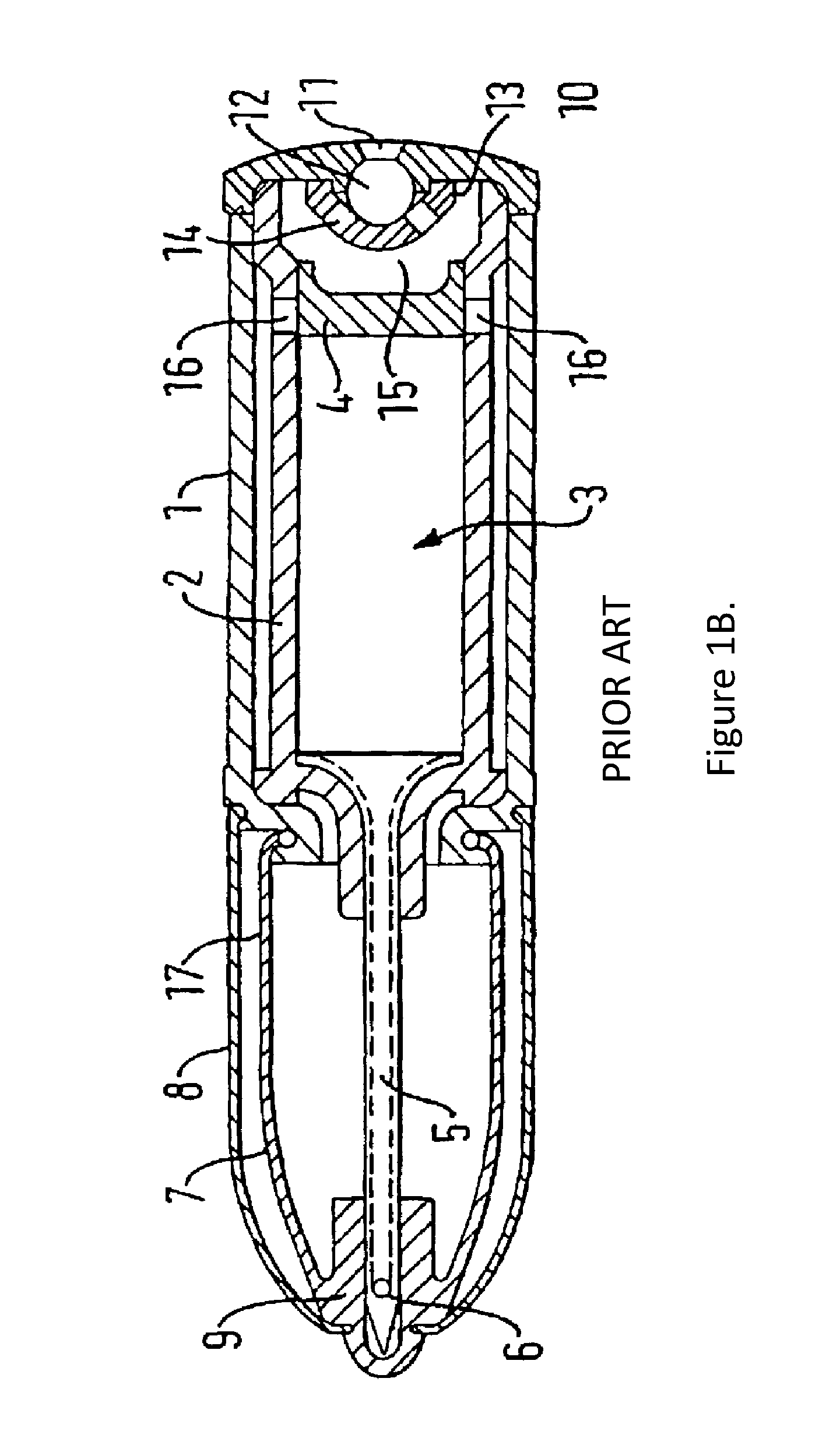In today's complex and dangerous world, Law
Enforcement and Correction Officials currently have no way of safely and effectively sedating a suspect or inmate, and consequently Officers often resort to lethal force when threatened or endangered.
Such tragic events at times invoke public outrage, such as recent suspect shootings in Ferguson, Mo. and Baton Rouge, La., which resulted in massive public riots and unrest across the United States.
Families also suffer for lack of a system and method to safely and quickly sedate a loved one suffering a violent
psychosis or chemical intoxication prior to or after summoning emergency medical response and / or Law
Enforcement help.
Many such emergency events have ended in death after Law
Enforcement arrival because family members and concerned others are presented with the tragic dichotomy of having little or no option other than lethal force to stop a loved one from harming themselves or harming others.
When dealing with a violently psychotic or chemically impaired person, moments and minutes can last eternities for those involved, and horribly often end with deadly result.
These research programs were ended when they came to light and generated controversy in the mid-1970s.
Additionally, and depending upon the formulation, a human or animal may be quickly incapacitated or immobilized at a distance.
In addition, the collapsule bullet does not deliver a massive blow that might destroy
body tissue (as would a conventional bullet).
All such known systems, however, have many disadvantages, including but not limited to: short effective range—typically less than 10 to 25 yards, limited total formulation volume—typically 1 to 5 mL, limited accuracy —typically caused by poor stabilization, low or no induced ballistic spiral, and / or low ballistic velocities.
Consequently, such systems are not well suited for emergency or immediate use situations; nor specifically suited for use in sedating a human at a distance.
Such known delivery systems must be “prepped” minutes or hours before use—and once ready for use must be deployed within minutes or hours; thus making such systems unsuited and ineffective for routine emergency deployment, especially for use with human recipients.
Primarily and most disadvantageously, all such known and so called “dart and dart systems” or “
sedative bullets” utilize a single
hypodermic needle configured centrally along the longitudinal axis of a
projectile.
However, even these devices if poorly designed and / or carelessly deployed may cause unintended serious injury to and / or the death of a recipient.
Known systems utilizing chemical explosive or charge propulsion (that is “gun-
powder” or “black-
powder”) based deliver systems, due to the inherent dangers to life and limb from a
solid or semi-
solid ballistic
projectile impacting a living
organism at moderate to high velocities, can and do cause serious injury and / or death when deployed.
Accordingly, and consequently, such known systems propel projectiles at relatively low ballistic velocities, typically less than 300 feet per second (FPS), making such systems less than effective at medium to long ranges, and also less than effective in emergency yet routine circumstances.
However, world-wide commercially available non-lethal kinetic
impact based weapon systems may be used to fire or propel a ballistic hypodermic projectile.
1. Officer presence—the professionalism, uniform, and utility belt of the Law Enforcement Officer and the marked vessel or vehicle the Officer arrives in. The visual presence of authority is normally enough for a subject to comply with an Officer's lawful demands. Depending on the totality of the circumstances, a call / situation may require additional Officers or on scene Officers may request assistance in order to
gain better control of the situation and ensure a
safer environment for all involved. It also will depend on the circumstances of the situation. For example, depending on how many people are at the scene with the Officer, a larger presence may be required. However, if ten Officers arrive at a scene with only a single suspect, the public may perceive the situation as an excessive use of Officer presence within the use of force continuum. In many models, Officer presence includes the Officer's personal defense weapon or firearm unholstered and pointed at a subject.
2. Verbal commands / cooperative controls—clear and understandable verbal direction by an Officer aimed at the subject. In some cases, it is necessary for the Officer to include a consequence to the verbal direction so that the subject understands what will happen if the subject refuses to comply with the Officer's direction. The verbal command and the consequence must be legal and not considered excessive according to the continuum. For example, an Officer could not order a disabled person in a wheel chair to stand up or be sprayed by
oleoresin capsicum (OC)
pepper spray.
3. Empty-hand submission techniques, PPCT—Pressure Point Control Tactics, Control Tactics, Techniques—a level of force that has a low probability of causing soft
connective tissue damage or bone fractures. This would include joint manipulation techniques, applying pressure to pressure points, and normal application of hand-cuffs.
4. Hard control techniques / Aggressive response techniques—the amount of force that has a probability of causing soft
connective tissue damage, bone fractures, or
irritation of the
skin, eyes, and
mucus membranes. This would include kicks, punches, stuns and use of
aerosol sprays such as
oleoresin capsicum (OC)
pepper spray. Some models split these techniques between empty hand, soft control, and intermediate weapon techniques.
(e.g. expandable baton, baton,
taser, beanbag rounds, rubber fin stabilized ammunition, mace, police dogs, etc.). Intermediate weapon techniques are designed to
impact muscles, arms and legs, and intentionally using an intermediate weapon on the head, neck,
groin, knee caps, or spine would be classified as deadly or lethal force.
6. Lethal force / Deadly force—a force with a
high probability of causing death or serious bodily injury. Serious bodily injury includes protracted or obvious physical disfigurement, or protracted loss of or impairment to the function of a bodily member, organ, or the mental faculty. A firearm is the most widely recognized lethal or deadly force weapon, however, an automobile or weapon of opportunity (knife, club, heavy object) could also be defined as a deadly force utility.
 Login to View More
Login to View More  Login to View More
Login to View More 


